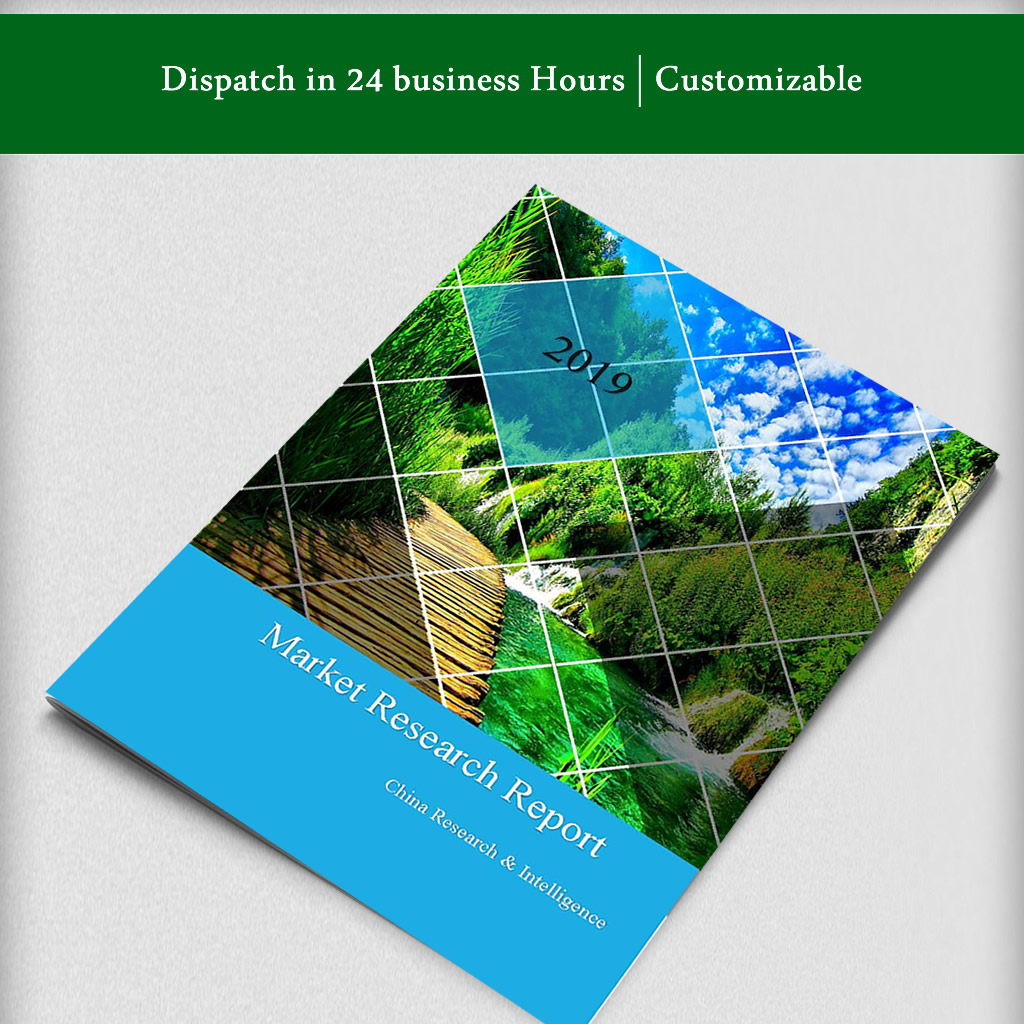Description
Description
A valve is a device that regulates, directs or controls the flow of fluid by opening, closing, or partially obstructing various passageways. A Valve is a key device in fluid controlling system, which is generally applied in liquid or gaseous fluid controlling environment. The major application fields include petroleum, natural gas, electric power, chemical industry, water supply and sewage treatment, papermaking, metallurgy, pharmacy and food producing. The development of the valve industry is closely related to global economy because valves are widely applied to industries that involve fluid controlling.
According to CRI, in 2018, the global market size of valves was about USD 55 billion, representing a CAGR of about 3.50% from 2014 to 2018. Global leading valve manufacturers are concentrated in North America, Japan and Germany. Famous valve enterprises include Emerson, IMI, Kitz Group, Flowserve, GE, Cameron and KSB Group. They dominate the market through advanced technologies and worldwide manufacturing bases. Global valve market is fiercely competitive and is becoming increasingly concentrated because of mergers and reorganizations. To reduce costs, many world-famous valve manufacturers are closing down their factories in North America, Europe and Japan and moving to China, India, Southeast Asia, etc.
Since China joined the WTO, its valve industry has been developing rapidly. China has the largest number of valve manufacturers and the largest volume of valve production. Currently, about 50% global valve parts are purchased from China. More finished valve products are purchased from China considering factors like OEM. China has become the largest valve exporter in the world, but it still needs to import a large quantity of medium-high end valves every year.
According to CRI, there are over 1,000 valve manufacturers in China. Zhejiang is the largest and leading pump valve manufacturing base and sales center in China. Most of the valve enterprises in Zhejiang are small-sized ones, of which less than 500 have annual sales revenue above CNY 20 million and less than 50 have annual sales revenue above CNY 100 billion. China’s valve market is fragmented, with CR10 below 10%.
According to CRI, in 2018, the production volume of valves in China was about 7.70 million tons, decreasing by about 2% YOY. Although the production volume is declining, the average price is increasing because the proportion of low-end products is decreasing. In recent years, the major driving forces for China’s valve market are industries such as central-air conditioning, energy, electric power and metallurgy.
For example, the market size of central air-conditioning in China exceeded CNY 90 billion in 2018. And as the Chinese government increases the investment in nuclear power, the installed nuclear power capacity is expected to reach 75 million kilowatts at the end of 2020. A 1-million-kilowatt nuclear power project needs refrigeration equipment worth about CNY 150 million to CNY 200 million. In the coming decade, the market size of refrigeration equipment for nuclear power projects will exceed CNY 10 billion. Meanwhile, with the increasing fixed-asset investment, big projects such as the West-to-East Gas Piping Project and the South-to-North Water Diversion Project will need a large quantity of valves. In addition, with the advent of industrial automation, there is an increasing demand for valves from the petrochemical industry, electric power sector, metallurgy sector, chemical industry and urban construction.
According to CRI, the global economy is expected to grow in the next few years, which will push up fixed-asset investment and boost the valve market. As China accelerates urbanization, industrialization and infrastructure construction, fixed-asset investment will remain a major driving force for China’s economic development for a long period of time. And the development of electric power, chemical industry, metallurgy, papermaking and water treatment will stimulate the demand for valves in China. The Chinese government’s policies on promoting economic growth will also drive the development on China’s valve industry.
Topics covered:
– Development environment for global and China’s valve industries
– Supply of and demand for valves
– Analysis on major valve manufacturers in the world
– Competition on the valve market
– Import and export of valves in China
– Driving forces and market opportunities for the valve industry
– Threats and challenges to global valve industry
– Prospect of global valve industry from 2019 to 2023


